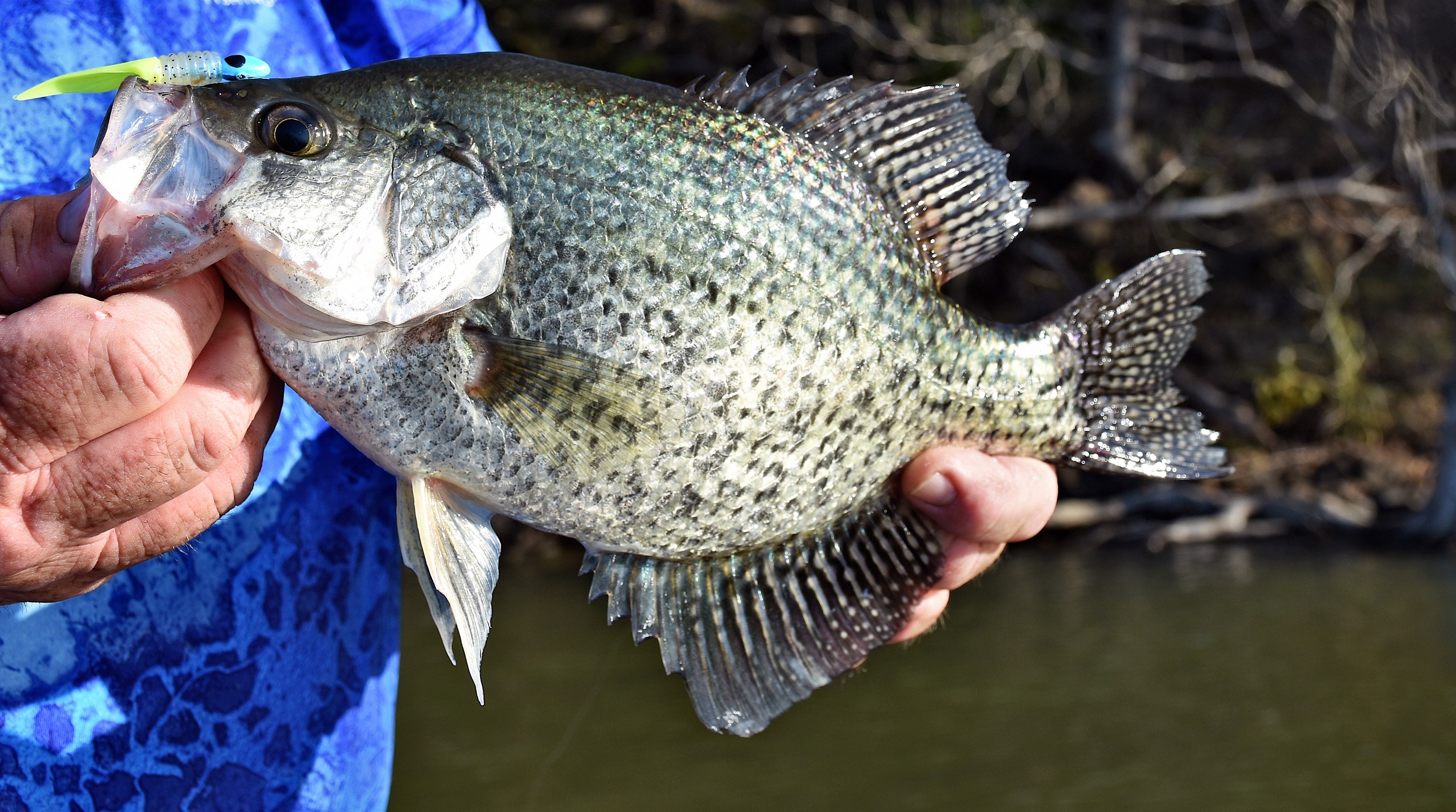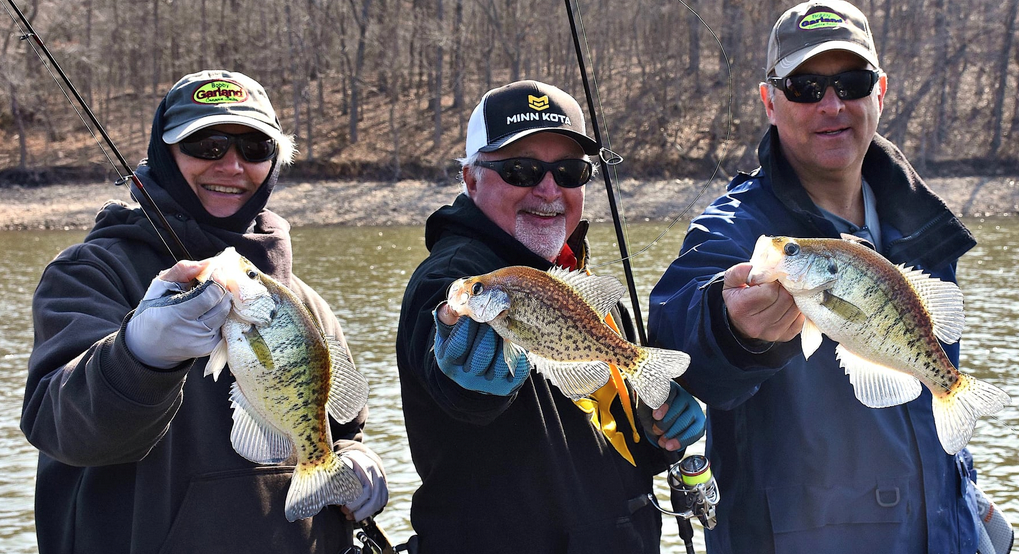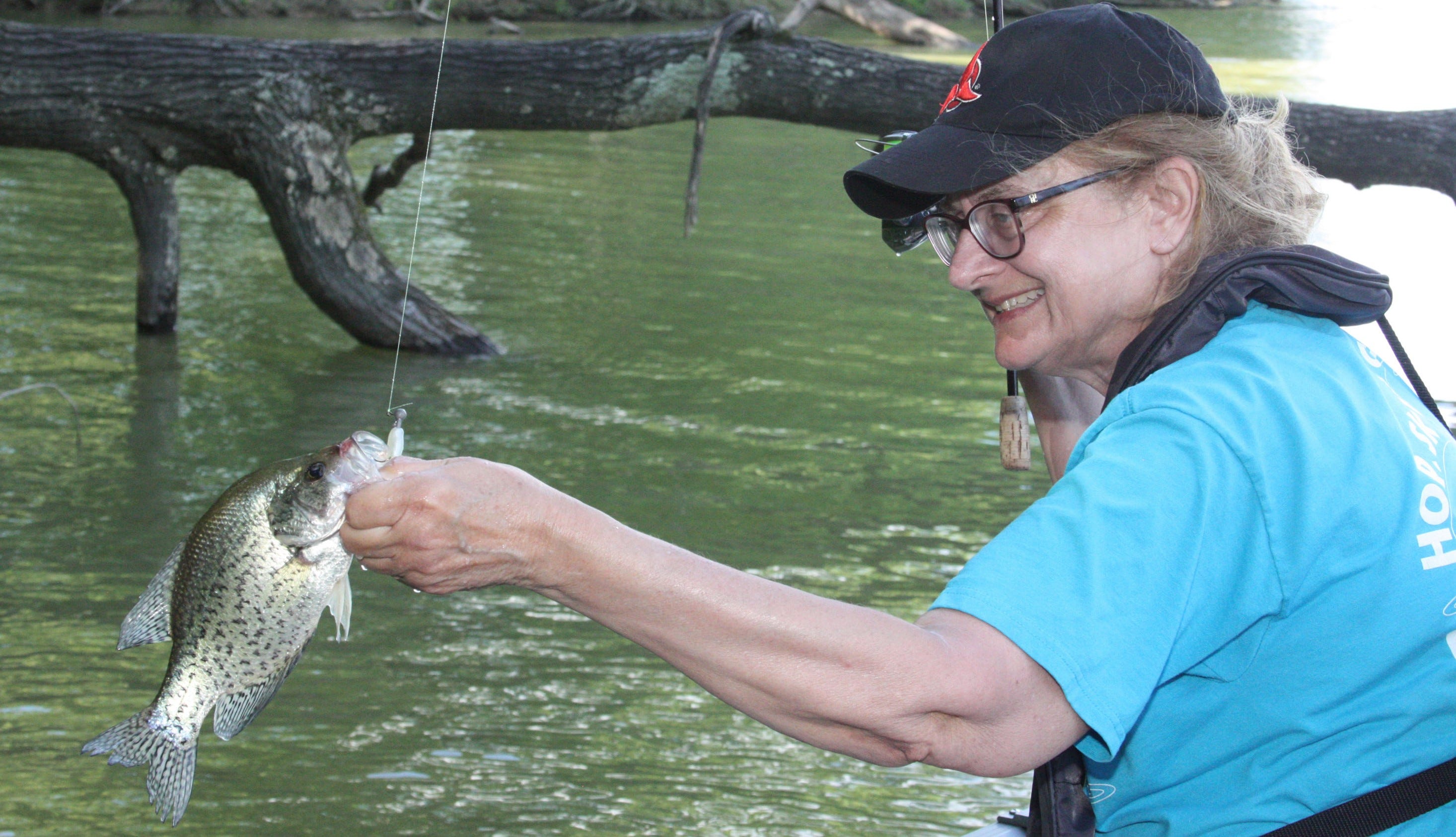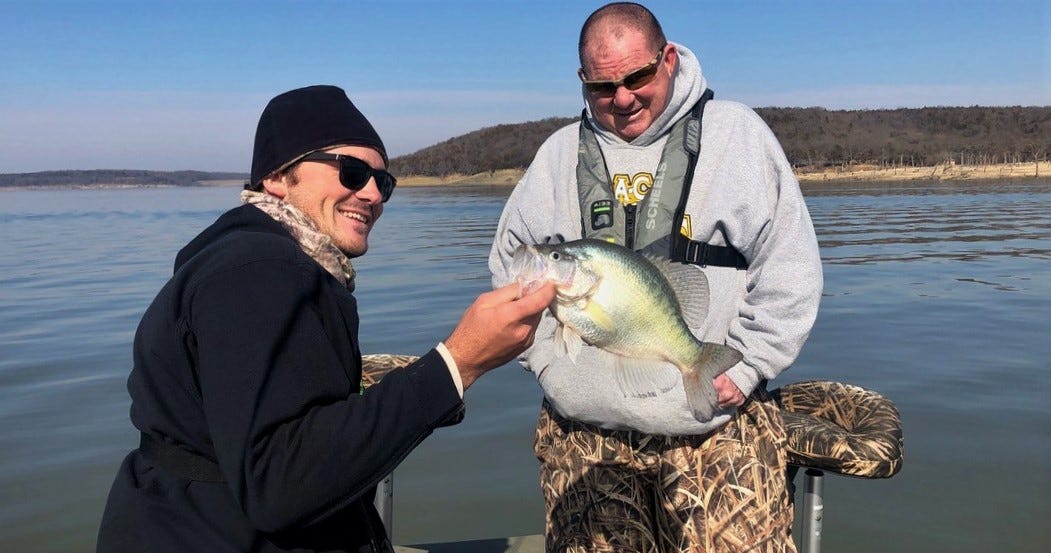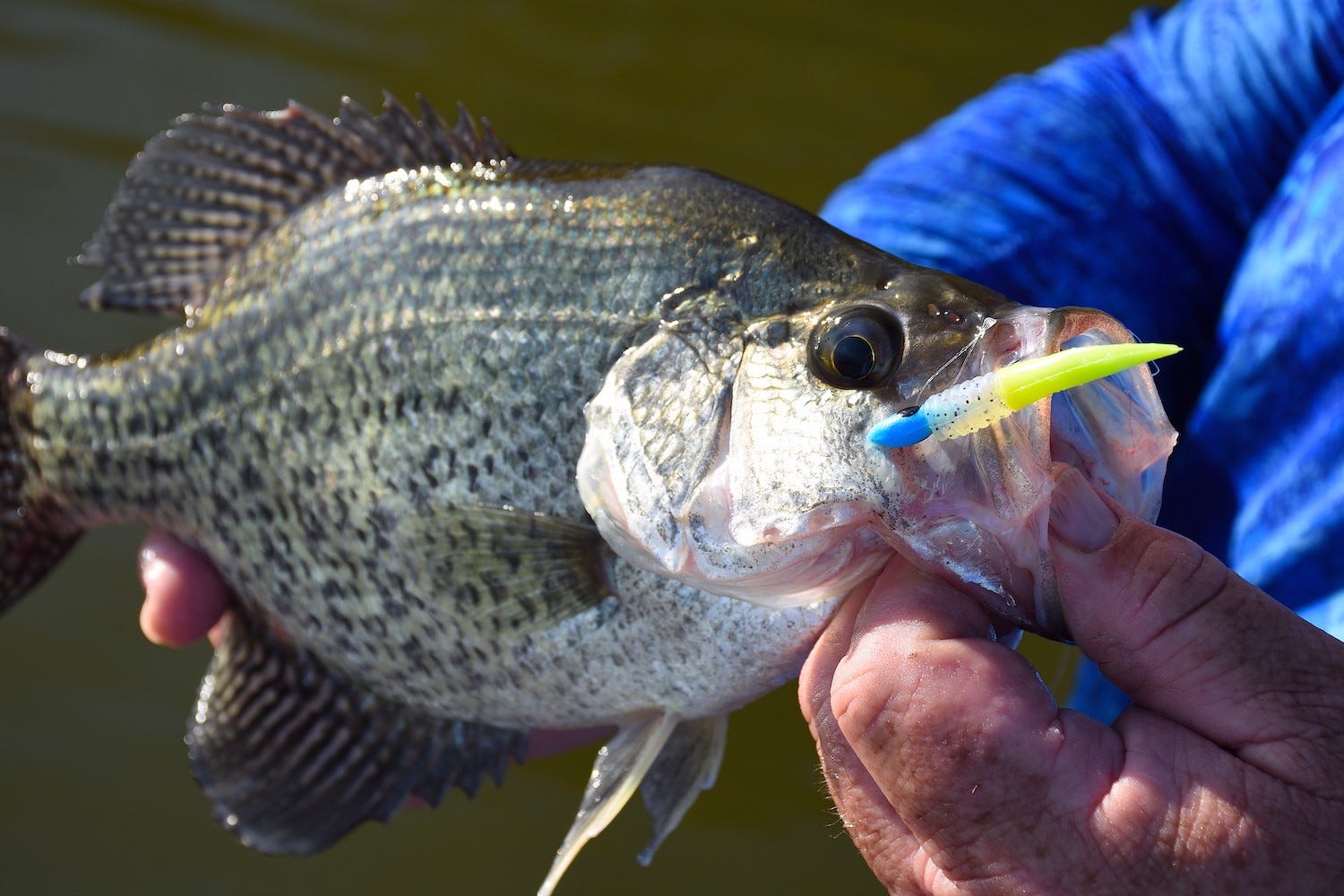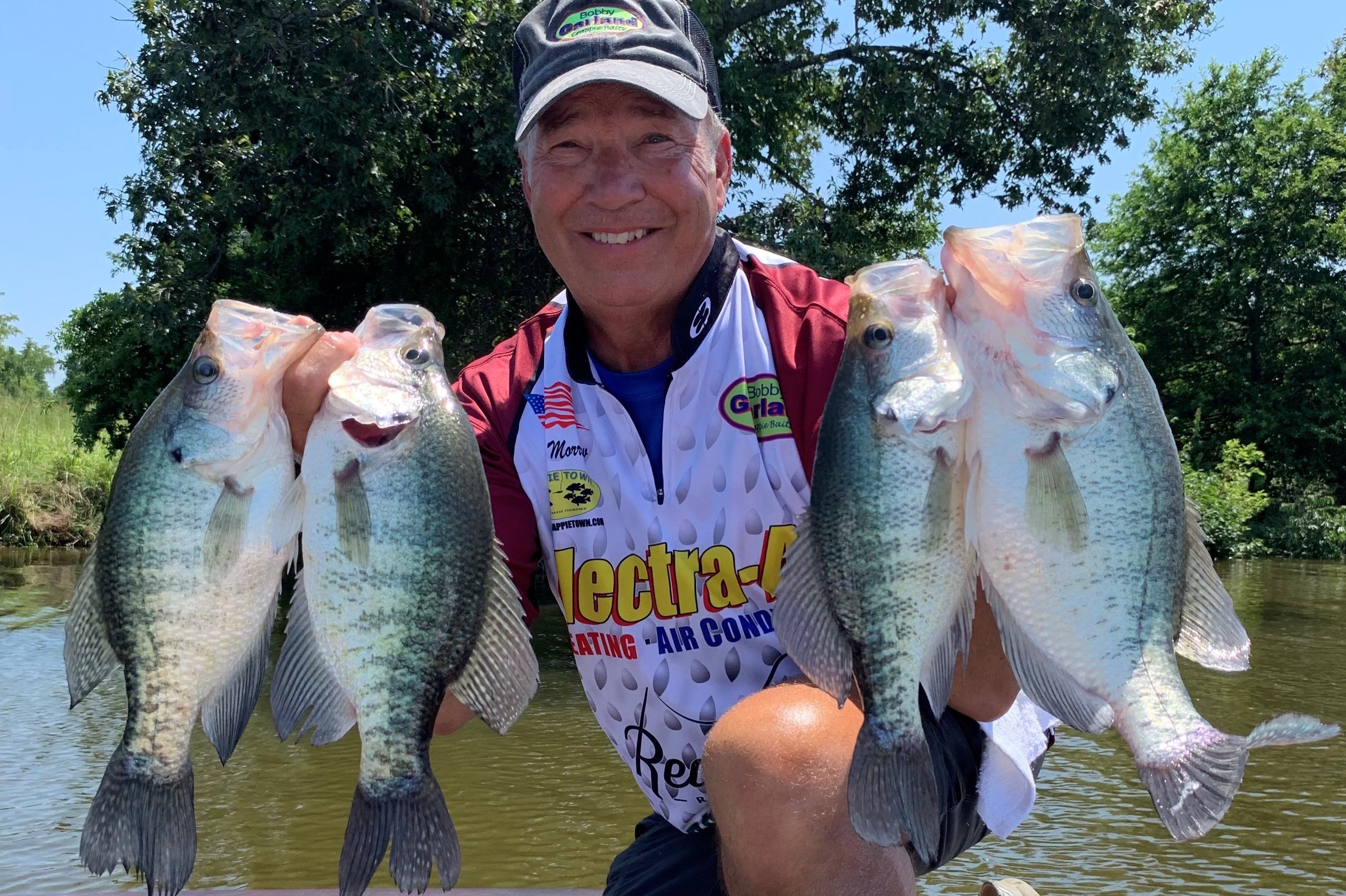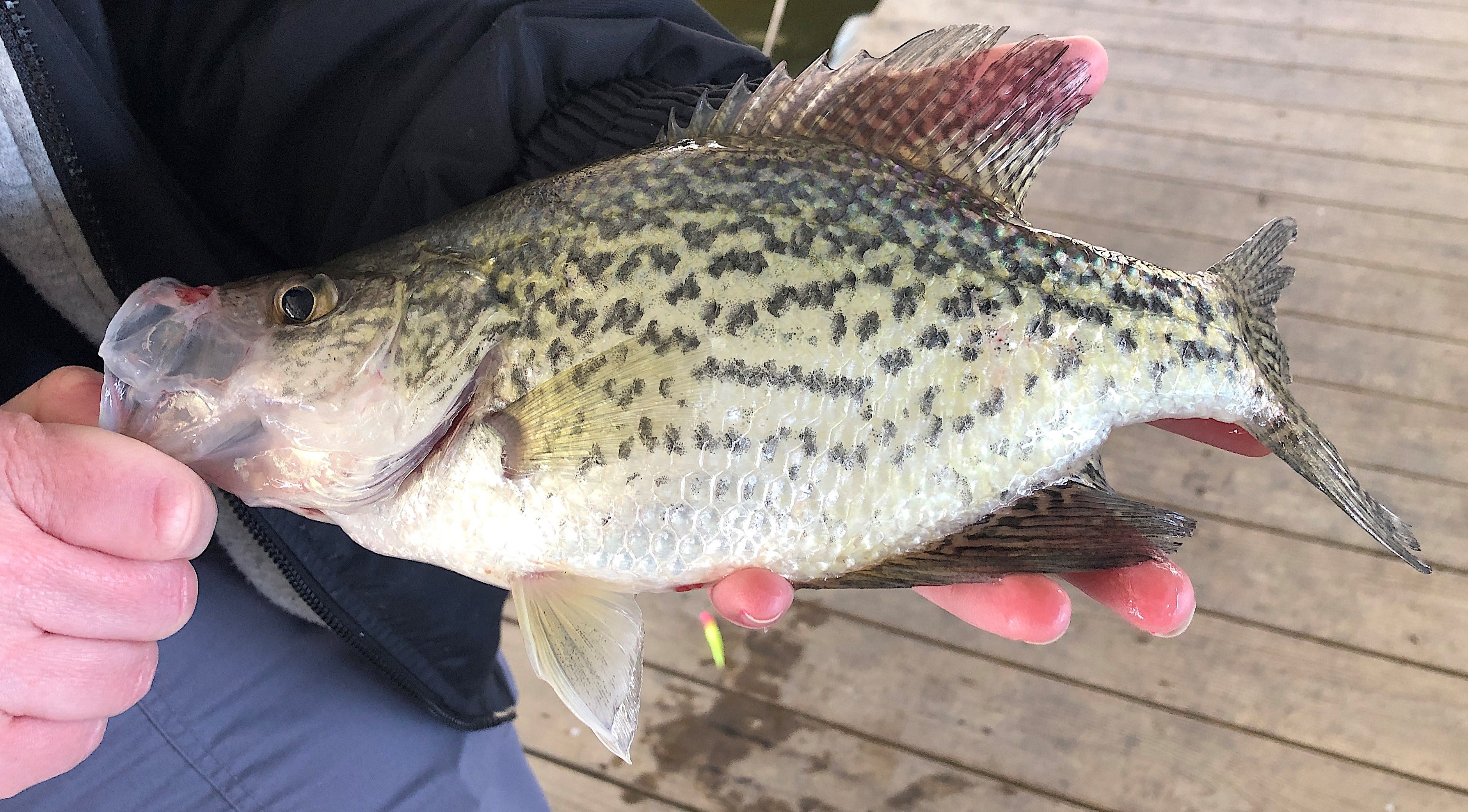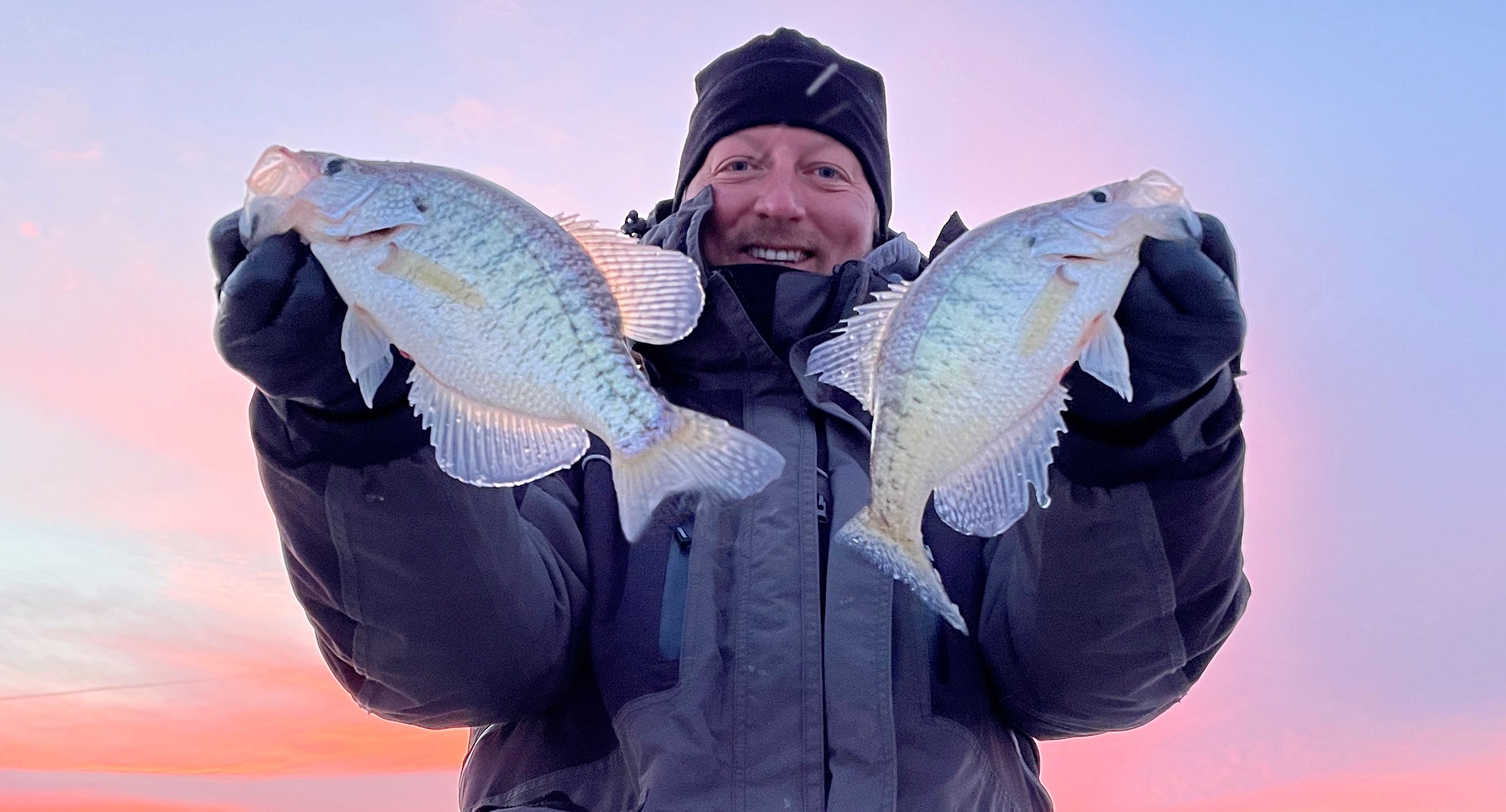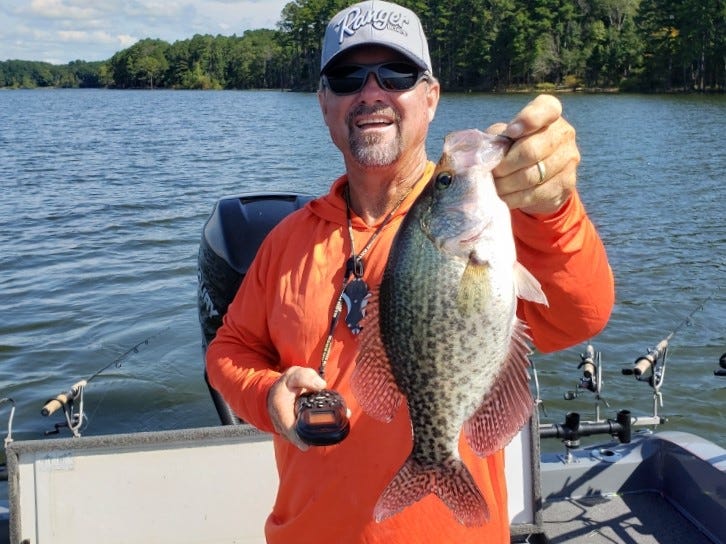- Apr 13, 2022
Understanding the Crappie Spawn
Learning more about spring crappie behavior related to the spawn can help you catch more fish.
The crappie spawn has major impact on fish behavior during spring and opens some of the year’s best opportunities for catching crappie from shallow water. Most anglers know that much. Where questions arise are with details about things like when the fish move up, how long they hang around, the types of areas they favor, and, consequently, how all that impacts spring crappie fishing strategies.
With such questions in mind, we turned to Josh Johnston, Fisheries Supervisor for the Oklahoma Department of Wildlife Resources, and Gary Dollahon, brand manager for Bobby Garland Crappie Baits. Significantly, both also speak from the perspective of being avid crappie anglers.

